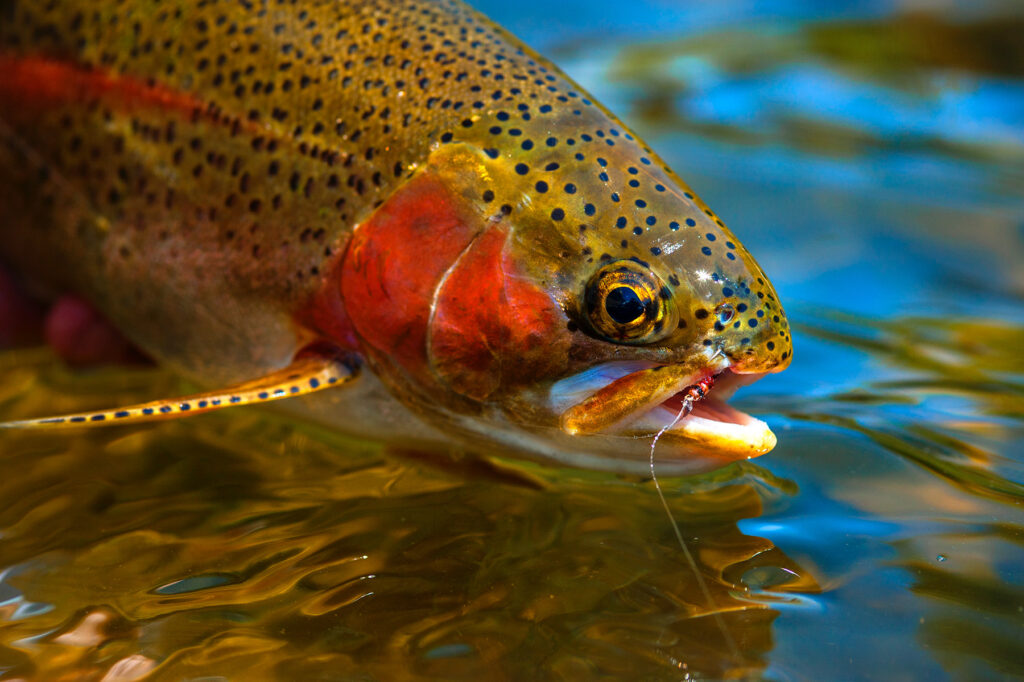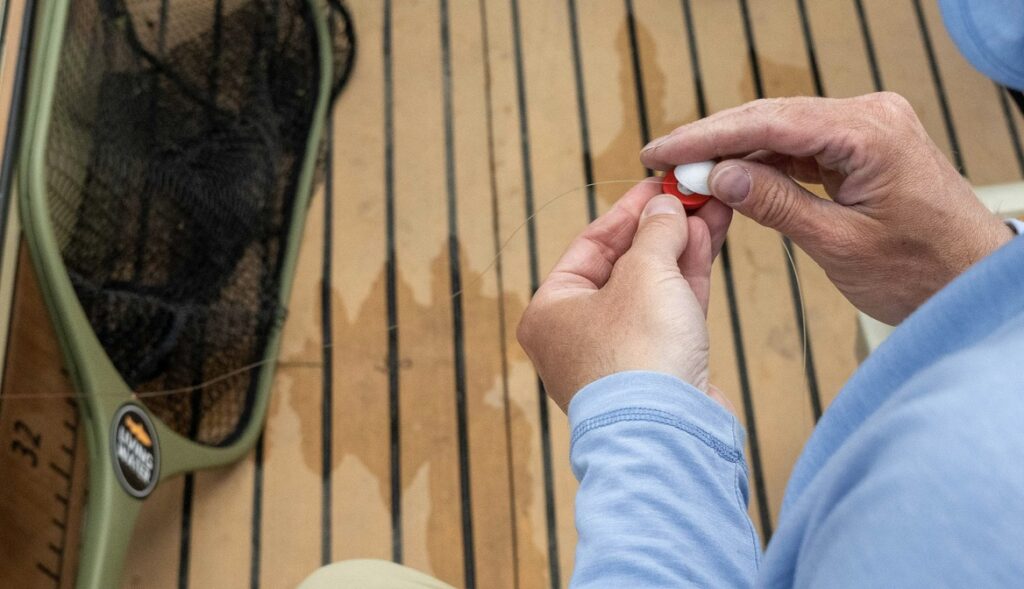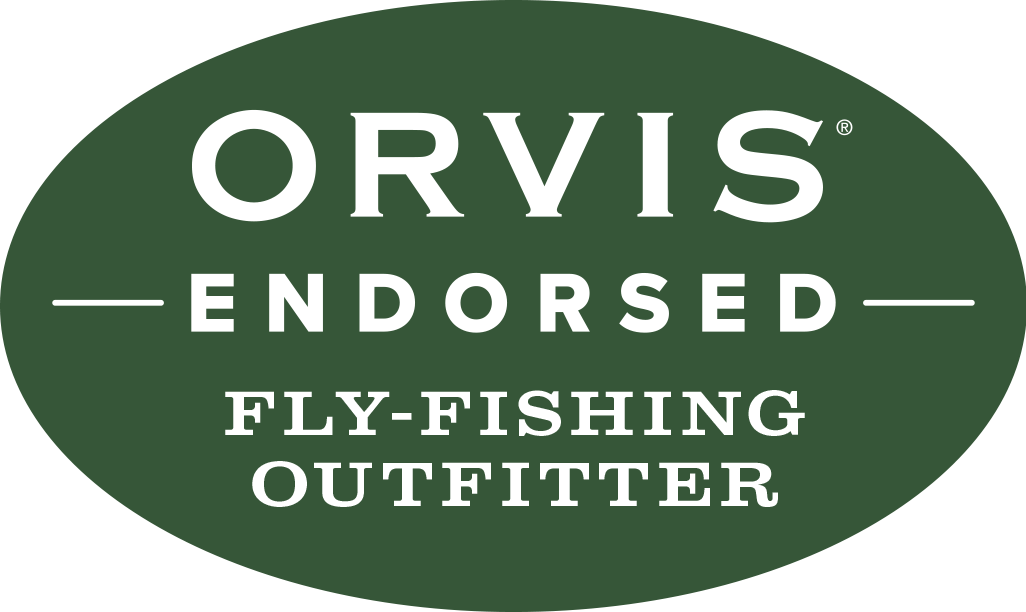While dry fly purists may focus on rising trout, nymphing—specifically short leash nymphing—offers an effective way to target trout before, during, and after a hatch in the shallows. Short leash nymphing on the Missouri River combines precision, adaptability, and an understanding of the river’s unique characteristics. Here’s a dive into the short leash program, complete with tips, tricks, and a look at the insects that influence fish to move into the shallows.
Why the Missouri River is Perfect for Short Leash Nymphing
The Missouri’s tailwater fishery is known for consistent flows, nutrient-rich waters, and incredible insect life. These factors create ideal conditions for big trout to feed in shallow water. In the sections below Holter Dam and downstream to Cascade, the shallow flats and gradual drop-offs are prime locations for short leash nymphing. The abundance of bugs and the predictability of trout willing to take them make it an effective method.

Understanding Short Leash Nymphing
Short leash nymphing, also known as “shallow water nymphing,” involves a minimal amount of distance between the flies and strike indicator—often as short as 18 to 36 inches. Consequently this setup is ideal for fishing shallow riffles, flats, and drop-offs where trout often feed on emerging insects or nymphs drifting through the water column. The reduced depth of the setup minimizes drag and keeps your flies in the feeding zone longer, increasing your odds of success.
Key Hatches on the Missouri River
Understanding the Missouri’s hatches is crucial for selecting nymph patterns that match the season and conditions. Here’s a breakdown of the most common hatches and their nymphing implications:
- Midges (Year-round): Tiny midge larvae and pupae are a staple food source, particularly in the colder months. Patterns like Zebra Midges and love bugs in sizes 16-20 are reliable choices.
- Blue-Winged Olives (Spring and Fall): BWO nymphs are abundant during cooler weather. Patterns like the Pheasant Tail or JuJu Baetis in sizes 16-20 are effective.
- Sow Bugs and Scuds (Year-round): These tailwater staples thrive in the Missouri’s ecosystem. Sow Bug patterns in pink or gray and Scuds in rainbow or pink (sizes 14-18) should be in every angler’s box.
- Caddis (Summer): Caddis larvae and pupae become prominent during the warmer months. Caddis nymph patterns like the Czech Nymph and weight fly in sizes 14-18.
- PMDs (June-July): Pale Morning Duns bring trout to shallow flats. PMD nymphs like the Split-Case or Military Mayfly in sizes 16-18 can be deadly.

Short Leash Water and Reading the River
The Missouri’s shallow flats are not uniform; trout position themselves based on water depth, current speed, and food availability. Here’s how to break it down:
- Shallow Riffles (1-2 feet deep): Trout hold in these areas to intercept drifting nymphs. Use unweighted or lightly weighted patterns with a small indicator set 12-48″ above your flies.
- Seams and Transitions (2-4 feet deep): Look for subtle changes in current speed and depth. Trout often stack up where slower water meets faster currents.
- Edges and Drop-offs: The transition zones between shallow flats and deeper runs are prime feeding areas. Adjust your indicator depth to keep your flies in the feeding zone without snagging the bottom.
Strike Indicators for Short Leash Rig
When choosing indicators for short leash nymphing, the key is stealth and soft landing. The small Oros bobbers are great and offer quick adjustability. Another solid choice is the stick-on Palsa style. Most anglers and Missouri River guides sandwich the Palsa tabs for better casting and float. Use 2 for light rigs and 4 for heavier rigs.

Short Leash Success – Tips for the Shallows
- Choose the Right Water: Look for shallow riffles, seams, and transitions where trout congregate to feed. Water depths between 6 inches and 3 feet are ideal.
- Use the Right Flies: Match your patterns to the predominant hatch or forage. Pair a small attractor nymph with a more natural imitation for a versatile rig.
- Keep Your Rig Simple: Attach your flies 16-20 inches apart using 4x or 5x fluorocarbon tippet for minimal drag and maximum stealth.
- Mend with Care: Gentle, upstream mends will keep your flies drifting naturally without pulling them out of the strike zone.
- Watch the Indicator Closely: Even subtle twitches or pauses can signal a strike. React quickly but smoothly.
- Experiment with Weight: In shallow water, you’ll need minimal weight. Adjust flies with tungsten beads or unweighted flies based on the depth and speed of currents and adjust as needed to keep your flies just above the riverbed.
- Focus on Drift: The Missouri’s trout demand a perfect drag-free drift. Mend upstream to prevent the current from pulling your flies unnaturally.
- Stay Stealthy: Approach shallow flats with caution; stay low. Cast from a distance, minimizing disturbance.
To Sum Up Short Leash Nymphing on the Missouri River
Short leash nymphing is a game changer for targeting trout on the Missouri River’s shallow flats and riffles. With a thoughtful approach to hatches, water depth, and rig setup, you can turn challenging conditions into productive fishing. The Missouri’s trout are demanding but rewarding, and short leash nymphing offers a direct connection to some of the most exciting angling opportunities this iconic river has to offer. Ultimately, whether you’re a seasoned guide or a weekend warrior, mastering this technique will deepen your appreciation for the Missouri’s incredible fishery The next time you’re near Craig, Montana, give this technique a try, you might be surprised by what lurks in the shallows.


 Missouri River Float Distances
Missouri River Float Distances
Nice informative article Jeff . I was thankful to see the technique in action with you . It will change how I approach flat shallow water on not only the Missouri , but other rivers around the state . Thank you for sharing your knowledge !
Thank you Chuck.